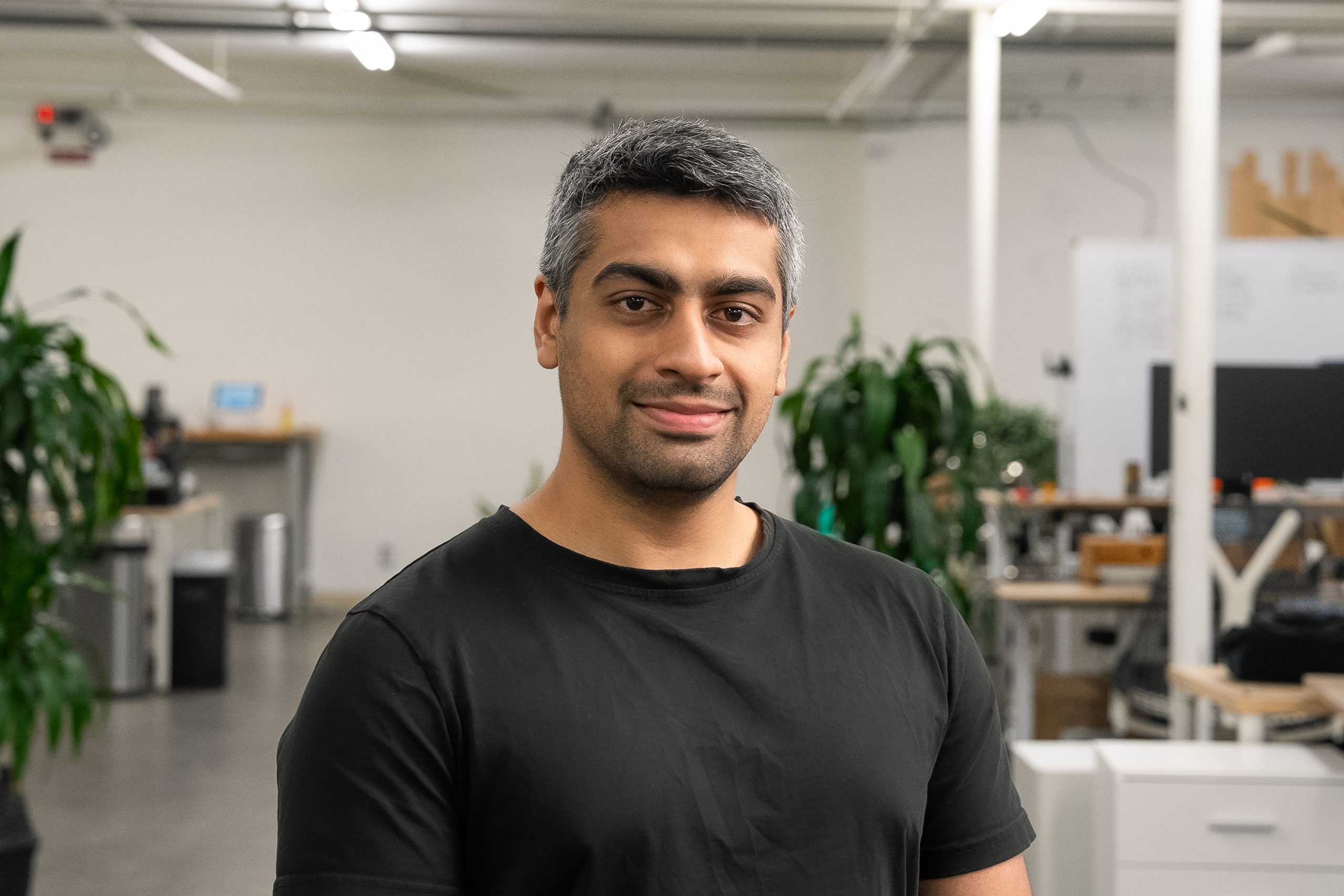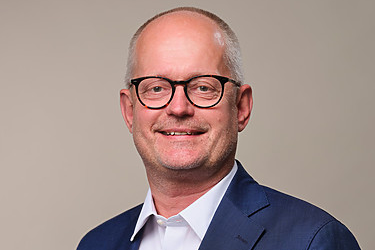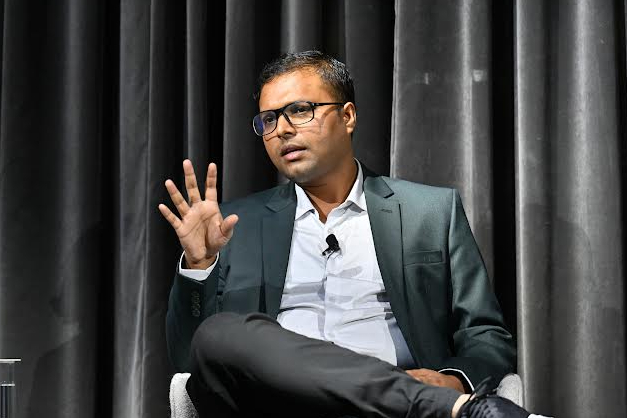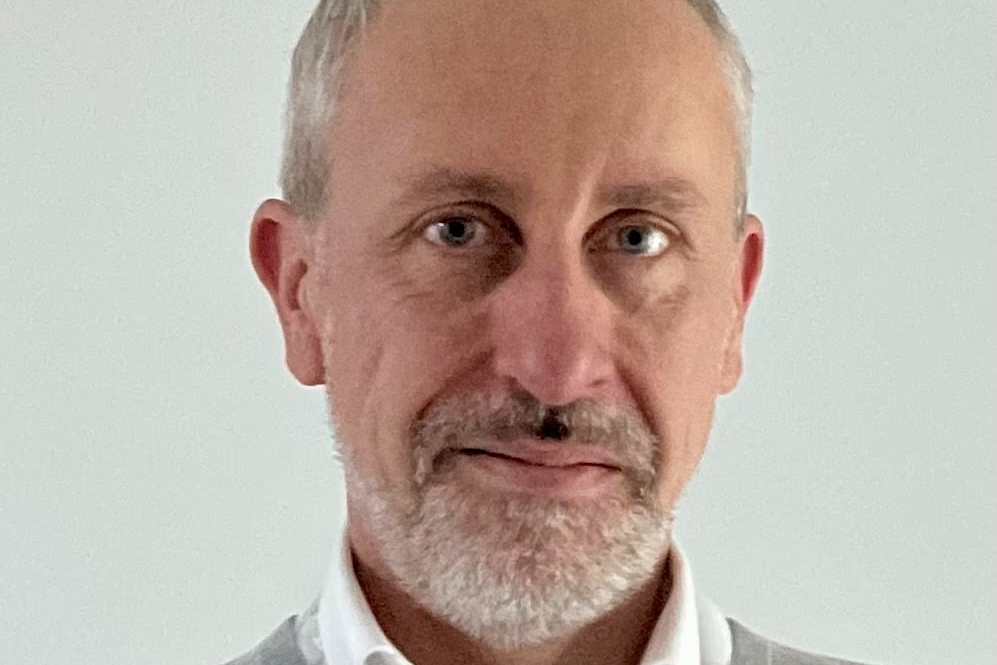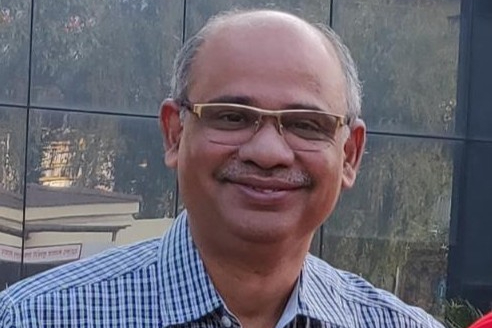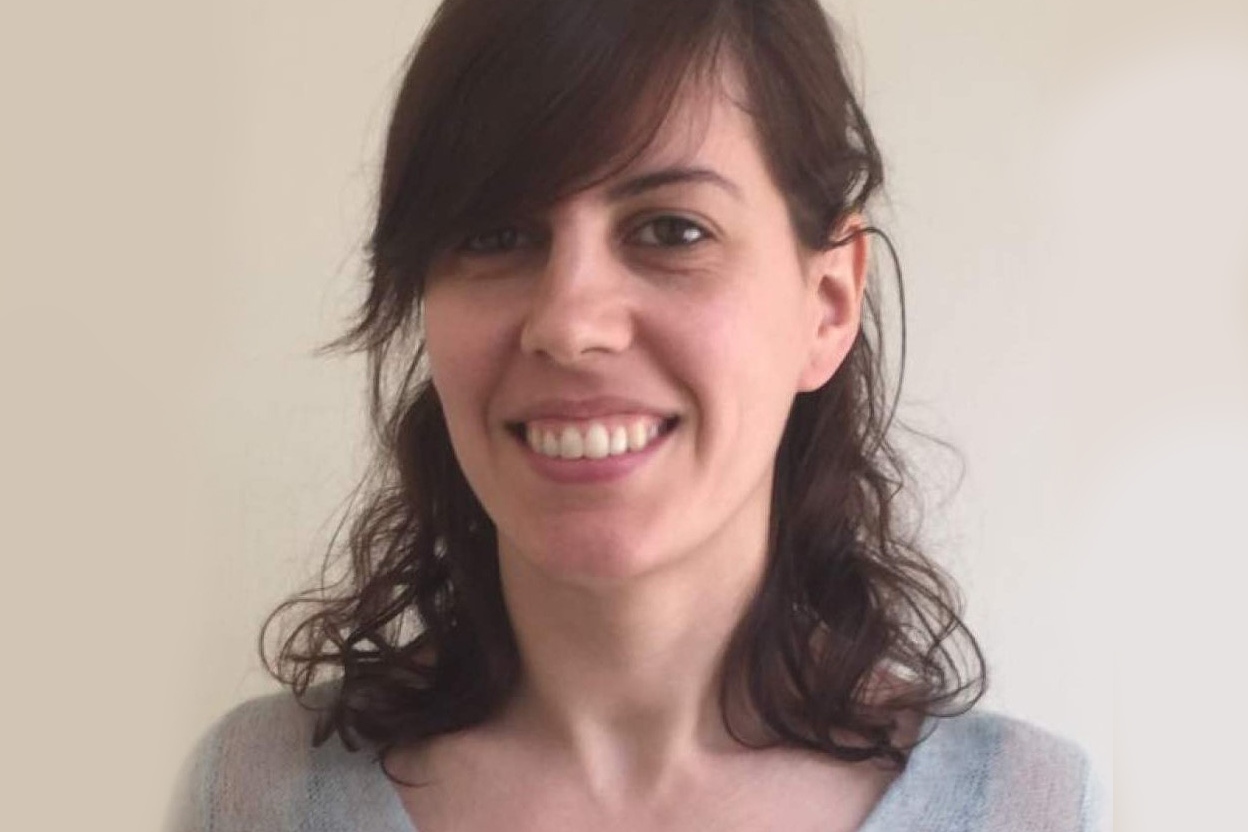
Carmen Hijosa – Head Of Research and Sustainability at Ananas Anam
Our recent interaction with Dr. Raquel Prado, Head Of Research and Sustainability at Ananas Anam, shares insights about their natural, innovative, and eco-friendly material - Piñatex and its contribution to the fashion and textile sectors in terms of sustainability.[Interview] Ananas Anam converting pineapple waste into vegan fashion
2021-07-14 05:33:00 – United KingdomAnanas Anam Ltd. is a materials company, headquartered in London, that has developed Piñatex, an animal-friendly leather alternative using pineapple waste.
Ananas Anam was founded by Dr. Carmen Hijosa who is an ethical entrepreneur with a vision for a more sustainable future that connects people, the environment, and the economy.
Piñatex is made from waste collected from pineapple farms in the Philippines, with local companies separating the strands and felting them together to create a non-woven fabric suitable for clothing, footwear, and furniture.
The Piñatex journey is guided by the concepts of a Circular Economy and Cradle to Cradle ideas, from first sampling through creating a viable supply chain. The utilization of pineapple leaf fiber, an agricultural waste product, allows developing farming communities to establish a scalable commercial enterprise with minimum environmental effect.
Our recent interaction with Dr. Raquel Prado, Head Of Research and Sustainability at Ananas Anam, shares insights about their natural, innovative, and eco-friendly material - Piñatex and its contribution to the fashion and textile sectors in terms of sustainability.
YnFx: What is the story behind the brand - Ananas Anam? And what led to the innovation of pineapple leather - Piñatex?
Dr. Prado: All started when Dr. Carmen Hijosa was working as a consultant on the leather industry in The Philippines. She did not like what she saw at that moment, since then the industry has evolved considerably. She wanted to look for an alternative material and she got inspired by a traditional garment already being made in The Philippines with pineapple leaf fibers. This is where the story of Piñatex starts wherein she correspondingly founded Ananas Anam to produce Piñatex and other innovative products that will come in the future.
YnFx: What goes into the process of making Piñatex and how are its raw materials sourced?
Dr. Prado: The process starts with the leaf gathering. The leaves of the pineapple plant are waste from the pineapple industry and are 90% of the time burnt by the farmers to dispose of them which is harmful for the environment. What we do in the production of Piñatex is that instead of burning, we have the farmers collect these waste leaves to extract the fibers that form the base material of our product. What's more interesting is that after extracting the fibers, the remaining biomass can be composted to obtain organic fertilizer that they can use to re-plant the crop. We collaborate closely with farmers and small pineapple cooperatives in The Philippines, they are our suppliers of fibers.
YnFx: What distinguishes Piñatex from other leather substitutes available in the market?
Dr. Prado: Piñatex is made from 95% renewable sources, it is already in the market at scale, it has its own identity, and the naturality of the fibers can be seen on it. We offer a range of colors and finishing options with a very low MOQ, which makes it easy for anyone that wants to work with the material to get it. Piñatex is a versatile material that can be used for a wide range of applications and is not only limited to certain product applications.
YnFx: What is the environmental footprint of Piñatex? How Piñatex is contributing to the fashion and textile sectors in terms of environmental, social, and economic sustainability?
Dr. Prado: Our production is based on reducing our overall impact to the maximum. Piñatex starts from waste valorization. By creating Piñatex, we save CO2 to be emitted to the atmosphere by avoiding the burning of the leaves. However, the biggest attribute to Piñatex is the impact we make in terms of the social aspect of sustainability, which is at the core of our business. We are providing the farmers a second income by purchasing the leaves and allowing them to develop a new skill set to further develop their technical skills. We also help them to start the fibers business by providing the machines and by giving them best practices on how to extract the fibers safely and maximizing the yields.
YnFx: What do you think is the biggest obstacle to becoming more sustainable and less destructive for the ecosystem?
Dr. Prado: The biggest obstacle I would say comes from the market requirements, we can not change the world in one day. For me, sustainability is not only being green, but you also need to have all the aspects as just one (environment, social, and economy) need to be in equilibrium to be able to have something that works in the long term. So, the changes need to be made step by step, without compromising any of the aspects. The industry needs to be adapted for a new way of production and consumers need to change their mindset on what is more important in their choices. This can not be done from one day to the other. But if we all collaborate it can be done.
YnFx: What’s next for Ananas Anam?
Dr. Prado: Last year, we launched Piñatex® PERFORMANCE, and now we have a big Team in the Philippines and another in Spain. The company is growing, and in the background, the team is continuing the research to launch other products to the market, exciting news will come in the next year.
Market Intelligence
Ask for free sample Report

experience
Customer Base
dedicated team
Countries Served Worldwide

